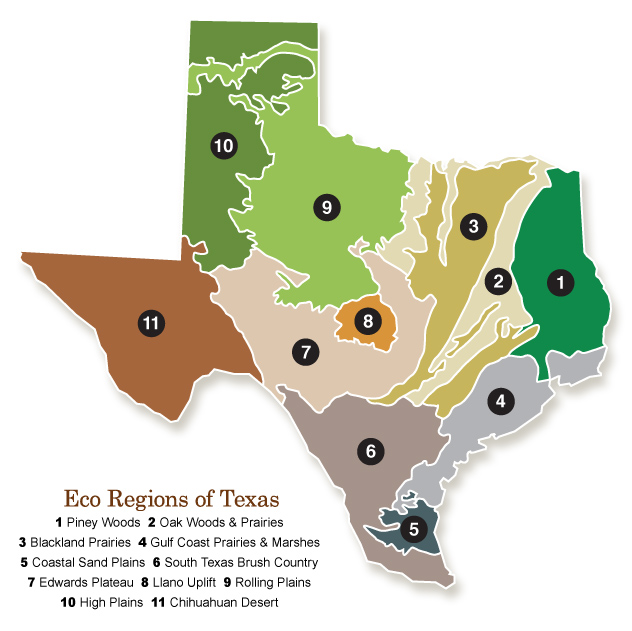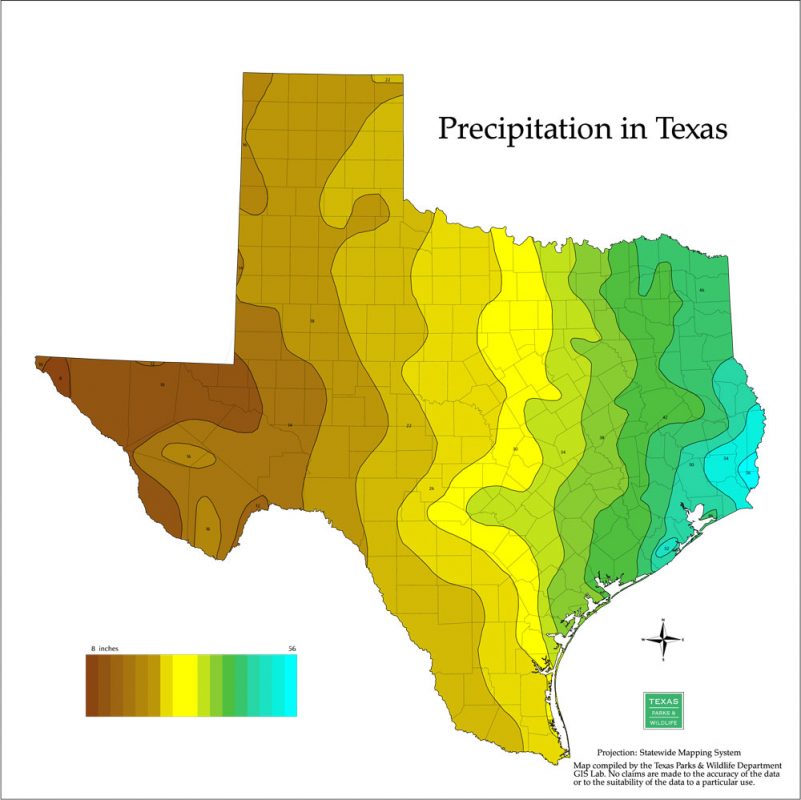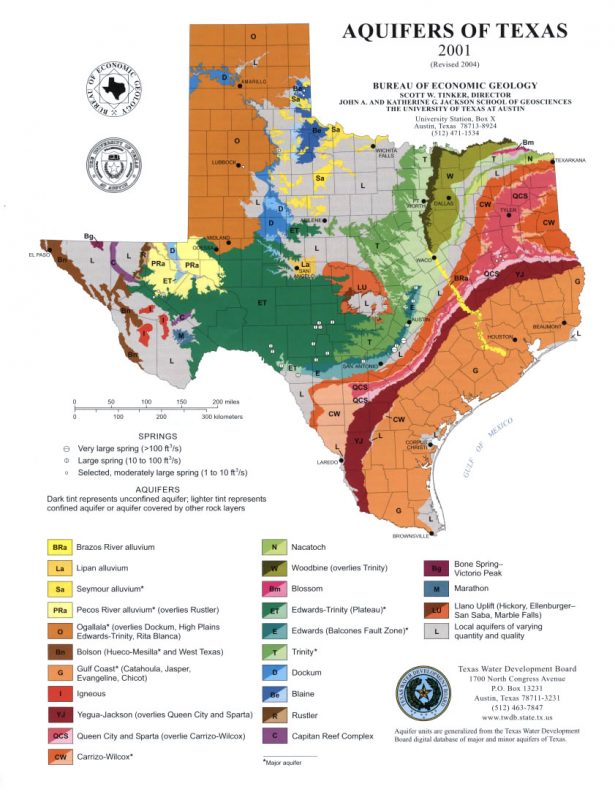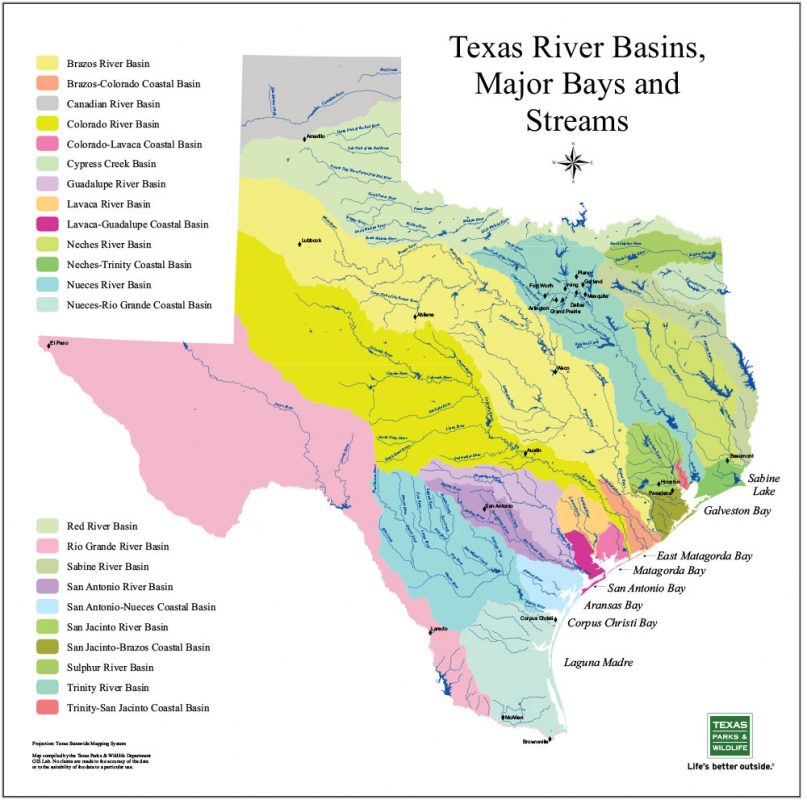Recognizing that the term “conservation real estate” has been the subject of misinterpretation or misunderstanding, King Land & Water would like to take this opportunity to clear the air regarding this increasingly salient term in the Trans-Pecos and throughout Texas in the real estate industry.
What is Conservation Real Estate?
Broadly, conservation real estate refers to special lands for buyers committed to being good stewards of them. These properties frequently feature unique forms of flora and fauna, compelling live water resources, and, often, stunning, one-of-a-kind views.
Who are conservation buyers?
Conservation buyers are people who appreciate conservation values and are willing to invest in conservation properties. After the purchase, they continue to conserve the land and make conservation-related investments in it. Conservation real estate investments have helped buyers realize significant value increases in their properties while affording them the opportunity to enjoy the natural splendor of these special lands.
What is a conservation easement?
Some buyers who purchase land in areas that are subject to increased commercial or residential development pressure choose to create conservation easements to help conserve the lasting wild and scenic attributes of their property. Landowners can use conservation easements to protect views, wildlife habitat and valuable water features while taking advantage of significant tax benefits.
The Conservation Easement
The easement is a legal document that becomes part of the title of a property; it restricts future development rights and uses of the property in ways specific to each easement. The owner dedicates the conservation easement to a qualified organization that monitors the land to ensure that no one violates the restrictions. These restrictions run with the land in perpetuity and do not generally allow for third party access. Click here to view Texas Parks and Wildlife’s Conservation Easements: A Guide for Property Owners.
The Benefit
When an easement is placed on a property, the owner still maintains possession, fee ownership, the right to quiet enjoyment and use of the land. However, restricting the future development rights to the land can reduce the potential value of the land. The difference between the fair market value of the land and the value after the easement is in place is called the DIMINUTION VALUE, which can be considered a charitable donation by the IRS. This value can be used to offset federal income taxes over 15 years, and can effectively lower an owner’s basis in the property while lowering annual real estate taxes and future estate taxes.
The Trans-Pecos real estate market, however, has often witnessed increases in the value of many lands that are subject to conservation easements. In this scenario, conservation landowners have enjoyed the knowledge that their investments have increased in value while they rest assured that they are protecting the precious natural features that attracted them to these lands in the first place.
Will a Conservation Easement decrease my property value?
Not necessarily. It may be a surprise to you that James King has seen properties with conservation easements increase significantly in value over time – especially in areas where such easements are on properties that are adjacent to or near other lands with conservation easements. A cluster of conservation easement properties in the general vicinity of one another has had the effect of creating a conservation “neighborhood” of ranches that reinforces and bolsters land values because these lands are regarded as sacred treasures upon which buyers and sellers can rely that they will remain conserved for present-day enjoyment and for the cultural, physical, spiritual and intellectual enrichment of future generations.
 Eco Regions of Texas
Eco Regions of Texas  Precipitation in Texas
Precipitation in Texas  Aquifers of Texas
Aquifers of Texas  Texas River Basins
Texas River Basins